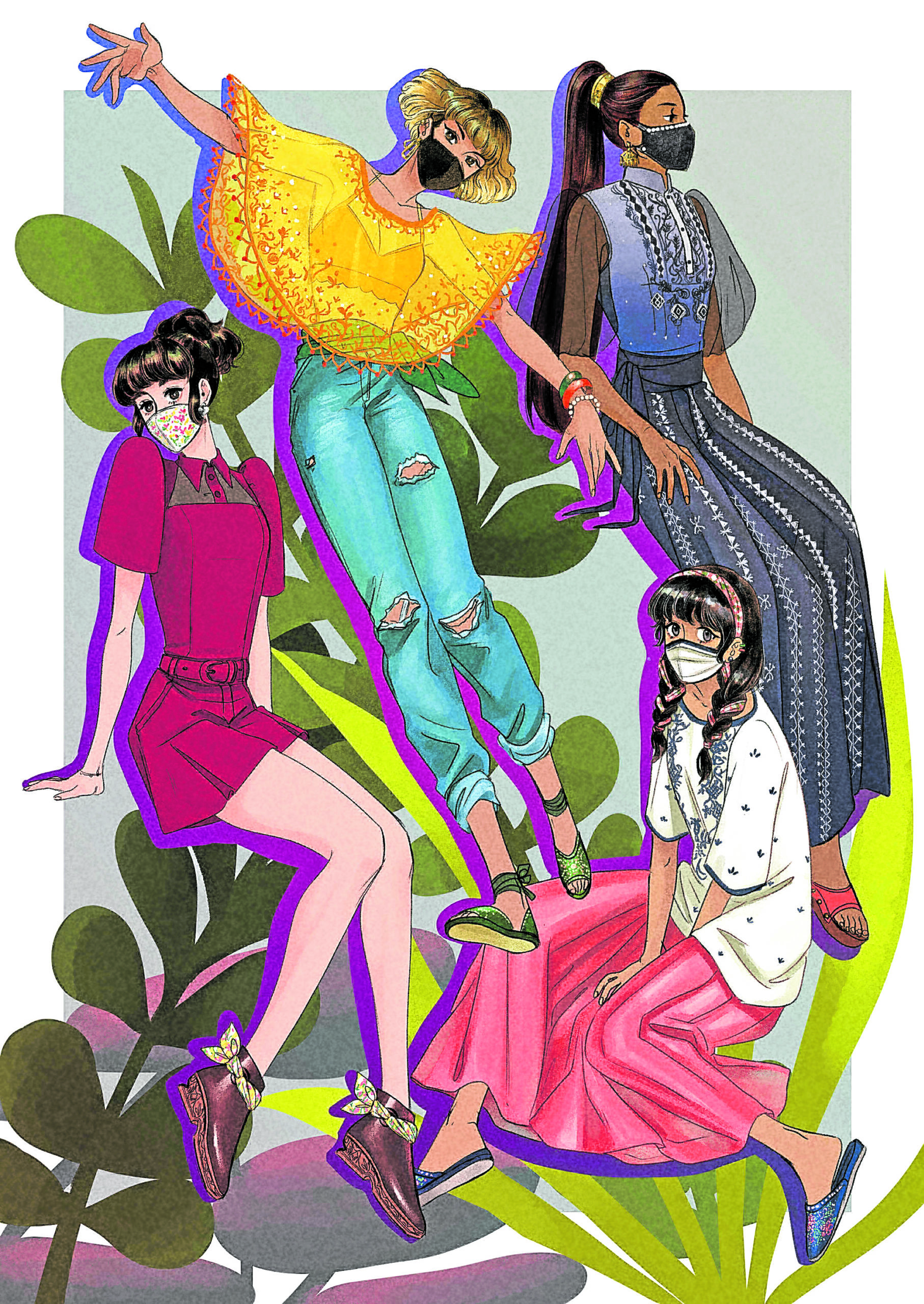Staying alive.
That in a nutshell is what people want these days. Basic, blunt—but that is the mood. Be well or at least, be alive.
That, and keep your job, livelihood or business. From a life of competitive style, fun and mirth, and envy-inducing extravagance, the world is reduced to the basic, essential and what is safe. And that physical world, for the most part, remains closed.
Bravely, business is trying to reopen, from retail to the food industry, and hopefully, in time, with the right protocols, the arts and entertainment industry. (It is reported that the arts, entertainment, creative industry is the hardest hit sector in the country.)
Brands are trying to reconnect to their markets; trying to revive the conversation, in a manner of speaking. Philippine brands, especially retail and food and even the beauty sector—areas which Lifestyle covers—have been smart and sensitive enough to emphasize safety and convenience foremost when they reopened their businesses.
These brands, including the beauty and medical clinics, are doing the right thing in trying to convince people that it’s safe to shop, dine or have procedures done in their stores or clinics again, even if many are still afraid to step out. (A friend “celebrated” her birthday alone at home, with her household—but on CCTV!) Breaking a mind-set of fear is a challenge and is the brand’s first hurdle.
And while digital selling or shopping—online commerce—has nowhere to go but zoom up, Filipinos (both as entrepreneurs and consumers) have not been as quick as their Asian neighbors (like Korea) in embracing the digital ecosystem. We really dragged our feet on this one—then the pandemic happened, and everyone and almost every business started to scramble for the digital space.

Clutter
As a result, not only is there clutter, the digital environment is also bursting at the seams. Even the media ecosystem is trying hard to survive this clutter. Ironically it is clutter amid fearful silence. The media consumer trusts social media, for good or bad, and hardly has the time or brain muscles to process information, much less arguments.
So how does a brand reconnect to or recapture its market—a consumer living in anxiety, fear and uncertainty?
First, we believe it must know and feel its market’s mood. And chances are, it’s no party mood! It is not business as usual. Accept that the typical consumer is living with anxiety, uncertainty (especially one who has just lost his or her job or livelihood), and just wants to ride out the storm. It is in survival mode, and just doesn’t want to catch the virus.
Second, the consumer wants what is basic and essential—for now. To maintain good health is the new luxury for many. It is the 2020 must-have. Function before style. It’s notable how some retailers such as Bench made a timely pivot (today’s buzzword denoting speed, agility and target) to pandemic essentials, such as face masks, protective gear, sanitizer products. Rustan’s even introduced a smoke disinfectant product.
Sheer consumption is still not what drives people out of their homes; people continue to step out mainly and only for basic errands. The urge to shop is no longer the irresistible force it was only five months ago; in a blink of an eye, the world turned upside down. It will take some time for the consumer-led economy to resume. “Luho” consumption is something we all miss.
Third, empathy and honesty—these are what people want and need these days, after humanity is reminded yet again, with hammering force, of its mortality. A brand must be relevant to the consumer now more than ever, its story honest and authentic. In short, the consumer must be able to relate to it and believe it.
Froufrou is so yesterday
The pandemic could be sounding the death knell for the fake influencer marketing, if we are to heed what many are saying. This must be because this is not the time to show off, and people aren’t in the mood to be shown off. Suddenly, the froufrou OOTD (outfit of the day) is so yesterday.
People want brands and celebrities who empathize with their plight—the “we’re all in this together” and “we’ll get over it” feeling. It is empathy that in the end brings cheer, even joy—the fun memory of the old normal and the promise of hope in the new normal and its values. This is why BTS has become one of the strongest global brands in this pandemic, breaking all kinds of records. (More on this and the digital space next week.)
Even while trying to be sensitive to the hard times and the suffering of others, people want their happy pill. Locked down, they escape to K-drama. To some, the happy pill at day’s end is BTS because the boys make them laugh with their talent and antics.
You need a happy pill to go with your prayer. In our childhood, my mother and her generation had a default expression every time we asked for something—“May awa ang Diyos!” (a plea to the Merciful God). “I want a new bag”—“May awa ang Diyos!” “What if I don’t pass Trigonometry?”—“May awa ang Diyos!”
It was no direct yes or no, so we found it irritating. Like 3-in-1 coffee, it sounded like a chant, a hex-breaker, a fervent wish. It’s only now, in these uncertain times, that we understood what it was—a mother’s mantra for anything and everything.
So today we find ourselves in silent prayer, this time with greater urgency than our moms, “May awa ang Diyos!”